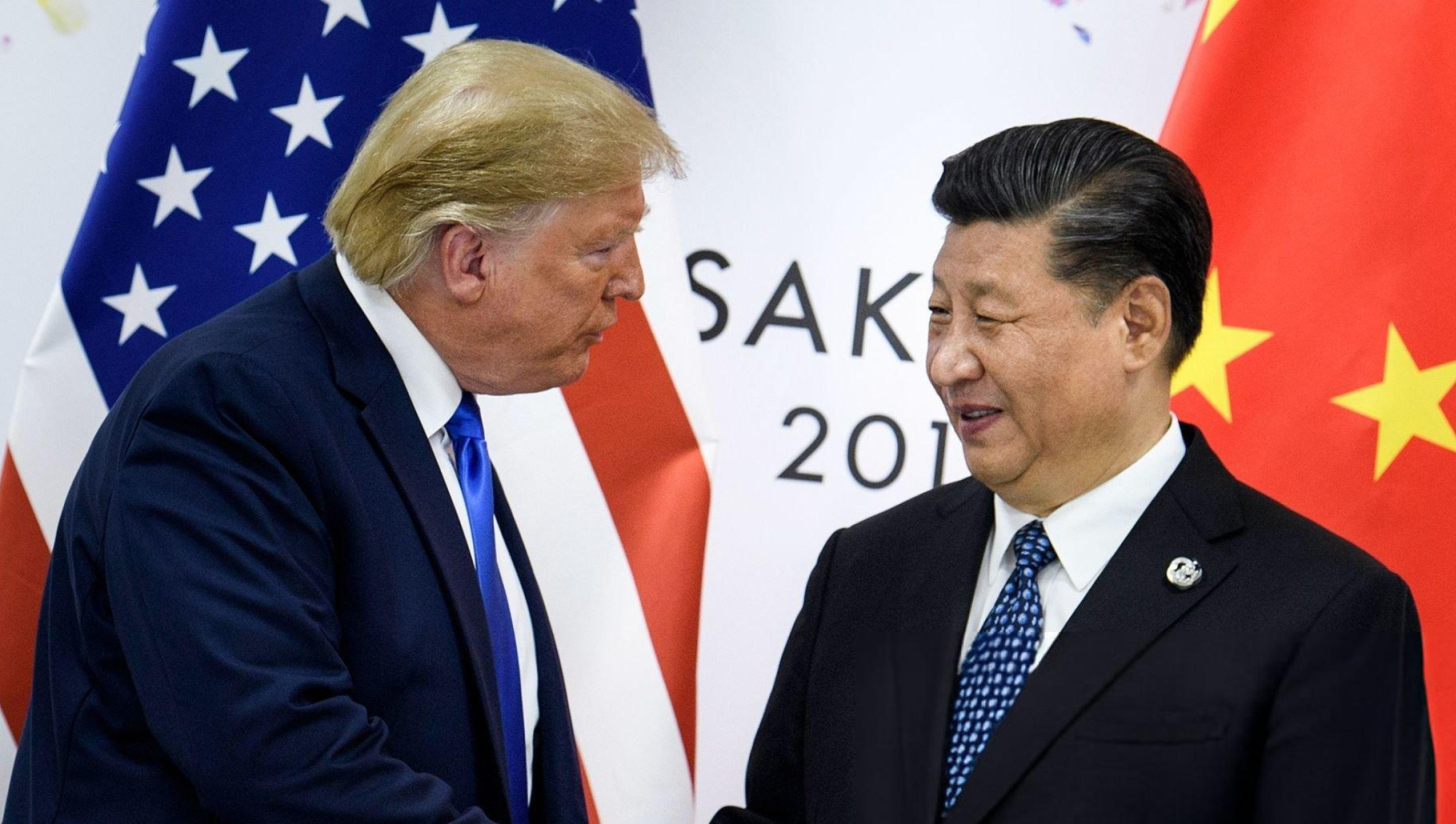Donald Trump backs down in china trade war as tariffs slashed in new deal
In a surprising turn of events, former US President Donald Trump has backed down in his long-running trade war with china, announcing a substantial reduction in tariffs for an initial 90-day period. The move, which came after two days of intensive negotiations in geneva, marks a significant softening of the aggressive stance that had characterised US-China trade relations during his presidency.
A joint statement issued by the white house acknowledged the importance of the two nations’ economic relationship, noting that both sides recognised “the importance of their bilateral economic and trade relationship to both countries and the global economy.” The statement added that the temporary tariff reductions aim to create “an environment conducive to further negotiations.”
Markets across Asia responded positively to the news, with shares rising sharply on monday (12 May). Hong Kong’s Hang Seng Index climbed 1.3% to 23,155.18, while the shanghai composite index rose 0.7% to 3,366.15. In Tokyo, Japan’s Nikkei 225 added 0.4% to reach 37,644.26, while South Korea’s Kospi advanced 0.9% to 2,599.84. Meanwhile, in London, the FTSE 100 index was up 68.01 points at 8,622.81 by 8:15 am.
Under the temporary agreement, China will cut tariffs on US imports from a punitive 125% to 10%, while the United States will lower duties on Chinese goods from 145% to 30%. The steep tariffs, introduced by the Trump administration in april as part of an escalating tit-for-tat trade war, had pushed both economies towards the brink of a damaging decoupling.
US Treasury Secretary Scott Bessent, who led the American delegation in Geneva, told reporters that neither side sought a decoupling of their economies. “Both nations remain committed to achieving a more balanced and fair trading relationship,” he said, adding that the 90-day window was intended to maintain momentum towards a more permanent resolution.
The shift in tone from the Trump administration follows mounting domestic economic pressures, with a recent goldman sachs report forecasting that US inflation could potentially double by the end of 2025 if the supply of cheaper Chinese goods continues to dwindle. Given that tackling inflation remains a central pillar of Mr Trump’s political platform, the decision to ease tariffs appears to be as much about addressing domestic economic anxieties as resolving international trade disputes.
Analysts have described the tariff reduction as unexpectedly generous. Ai Hui, Chief Market Strategist at JP Morgan Asset Management, said the scale of the cuts signalled a significant change in approach. “This reflects both sides recognising the economic reality that tariffs are a drag on global growth. Negotiation, rather than confrontation, is clearly the more pragmatic option going forward,” she remarked.
However, Hui warned that the 90-day period might not be enough to iron out the many complexities in US-China trade relations, particularly on contentious issues such as technology transfer, intellectual property rights, and industrial subsidies. “It does, however, keep the pressure on both parties to make meaningful progress,” she added.
The sharp escalation in tariffs earlier this year saw the Trump administration raise duties on a wide range of Chinese imports to a combined 145%, with Beijing retaliating by slapping 125% levies on American goods. These extreme measures had all but paralysed trade between the two economic giants, which last year accounted for over £501.2 billion ($660 billion) in bilateral commerce.
Mr Trump’s trade war with China has been the most aggressive of the many tariff battles he launched during his tenure. One of the more controversial elements was the imposition of a 20% tariff on certain Chinese goods, which the Trump administration justified as an attempt to pressure Beijing into cracking down on the illicit flow of fentanyl, a synthetic opioid blamed for a surge in overdose deaths in the United States.
While the immediate easing of tariffs offers a temporary respite, the underlying tensions between Washington and Beijing remain unresolved. Observers suggest the real test will come once the 90-day period expires, and whether both sides can convert this fragile truce into a comprehensive trade agreement.






